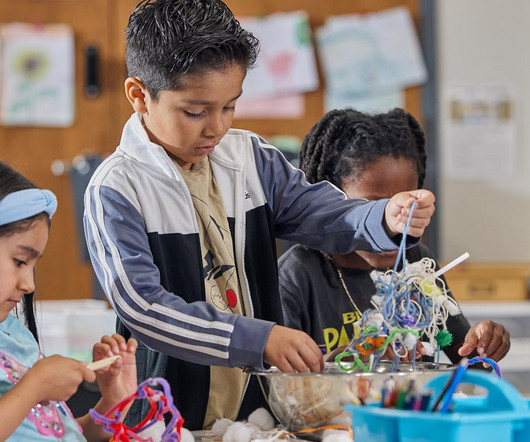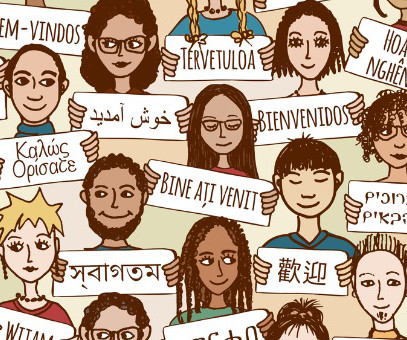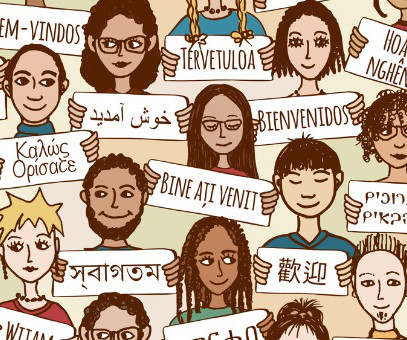How to Bring to Life the Science of Reading
Edsurge
AUGUST 21, 2024
You can understand someone else's culture, what they celebrate, what they honor and what they believe in, without personally asking. Content-Based Literacy with Imagine Learning EL Education : Find out more about an instructional approach that focuses on teaching content rather than comprehension skills in isolation.












Let's personalize your content